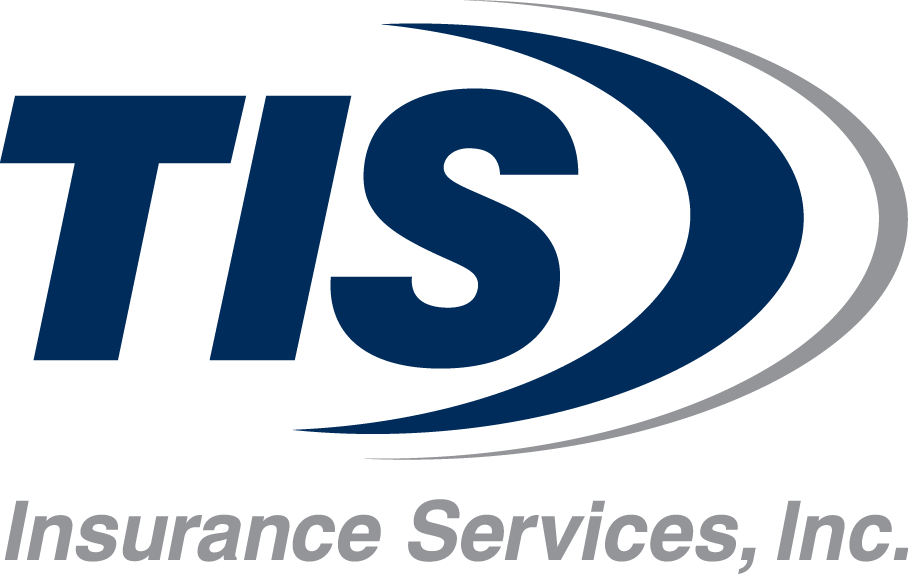Businesses increasingly use data analytics to boost their wellness programs and enhance population health management. HR departments are teaming up with their employee benefits consultants to drive this shift by utilizing data-driven insights to understand employee health patterns, identify potential risks, and create customized interventions that foster well-being.
By taking a proactive approach, HR teams can develop more personalized and effective wellness strategies catering to their employees’ needs. In this article, we’ll review how data analytics is transforming the world of employee wellness, leading to better health outcomes and increasing overall organizational efficiency.
The Challenges of Traditional Healthcare Delivery
Traditionally, healthcare delivery has been fragmented and reactive, with patients receiving care in episodic bursts and limited coordination between providers. This can lead to:
- Missed Opportunities for Prevention: Early detection and intervention for chronic diseases can significantly improve health outcomes and reduce overall healthcare costs.
- Duplication of Services: Patients may receive unnecessary tests or procedures without a clear understanding of a population’s health needs.
- Inefficient Resource Allocation: Resources might be directed towards treating late-stage illnesses instead of preventive measures.
- Limited Patient Engagement: Patients often lack the knowledge and tools to actively participate in managing their health.
What is Population Health Management?
Population health management emphasizes preventative and coordinated care for specific groups, such as geographic areas, employer groups, or health plan membership. This approach contrasts with the traditional, fee-for-service model, which treats illnesses on a case-by-case basis.
PHM strategies involve:
Identifying High-Risk Individuals: Analyzing healthcare data to pinpoint individuals likely to develop chronic diseases such as diabetes, heart disease, or certain cancers.
Targeted Interventions: Implementing tailored interventions like preventive screenings, lifestyle modification programs, or medication management support.
Care Coordination: Ensuring seamless collaboration among healthcare providers for comprehensive patient care.
Continuous Monitoring and Evaluation: The effectiveness of PHM programs is continuously monitored and evaluated through data analysis, allowing for adjustments and improvements over time.
Data Analytics: The Engine of Population Health Management
Data analytics is revolutionizing how organizations approach wellness and population health management by identifying health trends. By examining a vast range of data, from biometric screenings and health assessments to wearable technology and employee health records, HR teams can uncover patterns and trends that were previously undetectable.
This data-driven approach enables organizations to identify specific health issues prevalent within their workforce, such as increasing stress levels, higher risk of chronic diseases, or common lifestyle challenges. With these insights, companies can customize their wellness programs to meet the unique needs of their employees, providing targeted interventions that can lead to better health outcomes. Continuously tracking these trends allows organizations the opportunity to stay ahead of potential health crises, promote a healthier, more productive workforce, and reduce overall healthcare costs.
Predicting Health Risks
Predictive analytics plays a crucial role in data-driven wellness. According to Statista, the global market for predictive analytics in healthcare is projected to surpass $13 billion by 2025 due to the rising demand for personalized medicine.
Organizations can use historical data and machine learning algorithms to predict which patients are at risk of developing specific conditions. This predictive ability allows for early intervention, significantly improving patient outcomes.

Evaluating the Success of Wellness Programs
By tracking various metrics, companies can maximize the effectiveness of their wellness programs to assess which programs are producing results, which need improvement, and which might need to be removed as an offering. This ongoing feedback loop ensures that wellness initiatives are continuously optimized for improved results.
For instance, Gallup found in their 2023 report that organizations with robust wellness programs experience a 15% increase in employee engagement and a 7% improvement in productivity, contributing to long-term financial benefits.
Your Data-Driven Approach to Population Health Management
Are you ready to embark on data-driven population health management? Working with an insurance agency that comprehends the significance of using advanced technologies to provide effective employee benefits and wellness programs is crucial.
TIS Insurance Services recognizes the transformative power of data analytics in healthcare. We partner with leading health information technology (HIT) companies to provide our clients with access to cutting-edge data analysis tools and services.
Call us at (865) 691-4TIS (4847) to learn how we can help.






